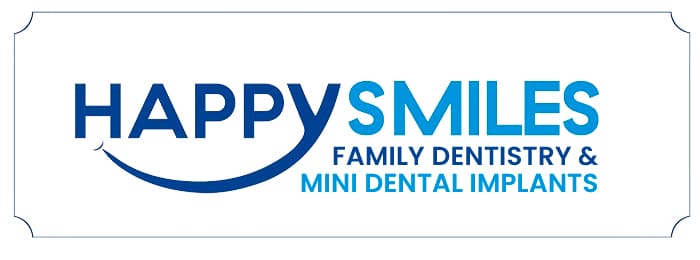When you think about a root canal, you may have thoughts of pain, discomfort, and a generally unpleasant experience. Of all the dental procedures, this one has one of the most infamous reputations. However, your dentist has the training, knowledge, and tools to correct significant decay and restore your oral health. To diagnose a tooth infection and severe issues, your dentist will use a few methods, including X-rays. When your dentist performs a root canal, you can enjoy chewing and speaking without irritation in your mouth.
When this Procedure is Necessary

Dentists can perform a variety of treatments to restore teeth. Some of the most common restorative care includes fillings, crowns, bridges, and bonding. A root canal helps repair the damage to the tooth pulp chamber. This area houses nerve endings, blood vessels, and other tissues. If there is decay or infection here, this endodontic treatment can clear it out and eliminate pain.
What it entails
Some dentists take two or three appointments to complete the entire process. Other root canal professionals prefer to finish everything in a single visit. If this is an emergency, the dentist will accommodate the patient’s needs and perform the procedure as quickly as possible. Initially, the dentist will verify through an examination that this treatment is necessary. The following steps come next:
- Numbing of the mouth
- Drilling into the affected tooth down to the pulp chamber
- Removal of decay and infection
- Sealing of the tooth
- Placing a crown over the tooth, if necessary
Importance of X-rays in a root canal
Sometimes, the root canal professional can have a good idea that a canal is essential to save the tooth. There are specific signs such as prolonged tooth pain, swollen and tender gums, and sensitivity to hot or cold. However, an X-ray gives the dentist a more in-depth look at the entire tooth. The X-ray does what the naked eye cannot do: examine deep within the root at the full scale of the infection and decay. The X-ray can help diagnose the issue with much more accuracy than an examination without it. This process can also identify additional problems with the tooth that the dentist could not otherwise find.
Where to go from there
After reviewing the X-rays, the dentist can formulate a strategy to repair the tooth. These pictures show where the decay and infection are and the extent of the damage. They will guide the endodontic process. The dentist can then feel comfortable moving forward with the procedure. A staff member may even take additional X-rays after the treatment.
After a root canal
The deep clean can leave the mouth feeling tender right after. A degree of pain is normal. The dentist will put a temporary filling in the treated area until the lab finishes making the crown. It takes one to two days for the pain to go away. There could be numbness from the anesthetic. The jaw may feel sore from keeping the mouth open for a long time.
What to do
A root canal is a procedure that removes the infected or damaged pulp. The goal is to save the tooth structure. The patient will need to consider being mindful of what to do after the procedure. Here are some pointers:
- Elevate the head. There will be swelling and soreness in the mouth. Keeping the head elevated while sleeping at night can minimize discomfort. Place an extra pillow under the patient’s head.
- Resist eating after the procedure. The mouth will be numb after the treatment. That is why eating is not ideal after the root canal. Wait for the numbness to disappear before eating. This will prevent accidental bites and damage to the soft tissues of the mouth.
- Use warm, salted water for gargling. This solution can clean the mouth and prevent infection in the gums of the treated tooth. Make sure that the water is warm enough but not hot.
- Take over-the-counter medications. The dentist can also prescribe pain relievers to remove pain in the jaw and gums. The patient must take these medications when the anesthetic wears off.
- Apply cold compresses and eat ice cream. Doing so will keep the inflammation and pain down. If there is sensitivity in the affected tooth after eating ice cream, stop eating it. Use a cold compress for about 15 minutes, many times a day until the inflammation goes down.
The Pictures Make a Difference
Dentists use X-rays to diagnose many oral problems. Without this tool, it is difficult, if not impossible, to determine what treatment will be effective in extreme cases. If you have severe tooth pain and discomfort, you may need this intervention to help you enjoy a healthier mouth. If you procrastinate making an appointment to see a dentist, further problems could develop. Contact your dentist today so you can take care of these troubling issues.
